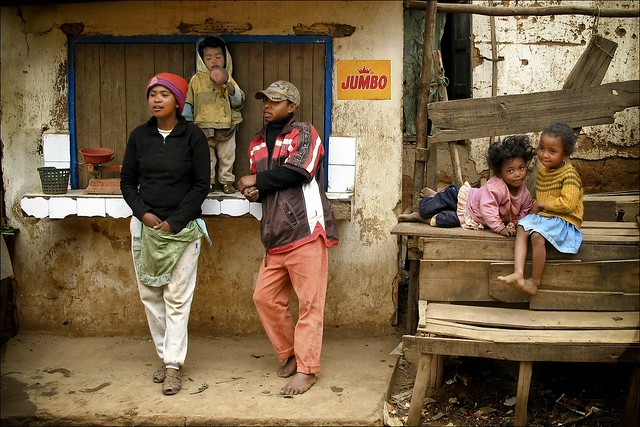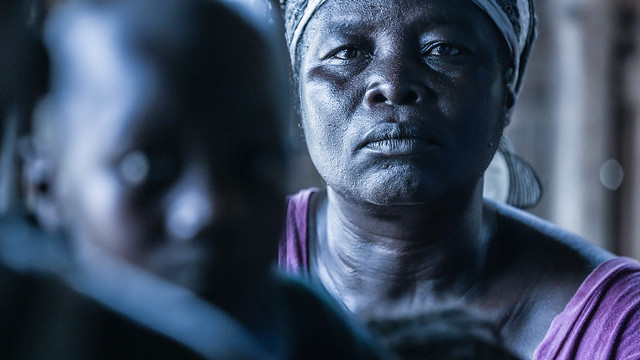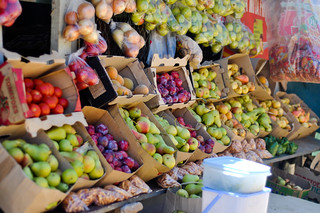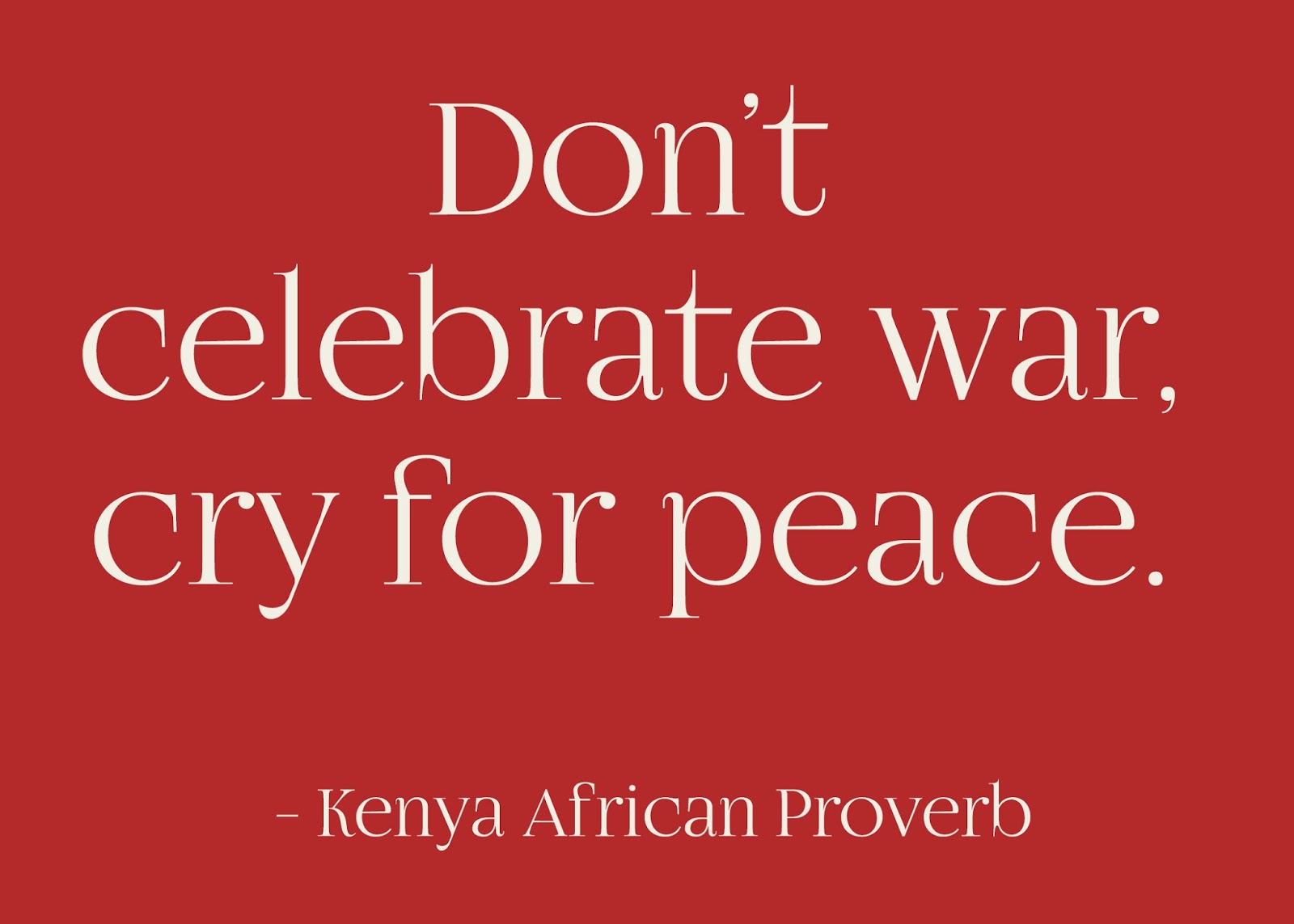Madagascar: The Island of Evolution and Extraordinary Wildlife
Madagascar: The Island of Evolution and Extraordinary Wildlife

Madagascar is the world’s fourth largest island, sitting in the Indian Ocean just off Africa’s southeastern coast. Because of its geographic isolation, the island developed a truly unique ecosystem where over 90% of species are found nowhere else on Earth — including the iconic ring-tailed lemur.
 |
| Harvesting banana leaves in Madagascar, 1969 |
Early settlement: Madagascar was one of the last major landmasses settled by humans. Austronesian seafarers from present-day Indonesia arrived between A.D. 350–550. Arab and Persian traders followed as early as the 7th century, while African migrants reached the island around A.D. 1000.
Pirates and trade: By the late 1600s and early 1700s, Madagascar became a pirate stronghold and an important slave-trading hub into the 19th century.
Colonial era: Formerly an independent kingdom, Madagascar became a French colony in 1896 and regained independence in 1960 — the same year 17 other Sub-Saharan African nations achieved freedom from colonial rule.
Biodiversity hotspot: The island hosts about 5% of the world’s plant and animal species, many found nowhere else. From lemurs to baobabs, Madagascar is a living laboratory of evolution.
Challenges today: According to the World Bank, by 2011 about 92% of Malagasies lived on less than $2 per day. Poverty and slash-and-burn agriculture put enormous pressure on Madagascar’s dwindling forests, threatening its unique biodiversity. Losing just a few acres of Madagascar forest has a greater global impact than deforestation elsewhere because of its rare species.
Nearly 80% of the population depends on subsistence agriculture. Traditional slash-and-burn farming clears forest for crops but erodes the ecological heritage that makes Madagascar vital to the planet.































